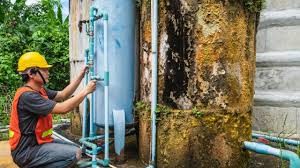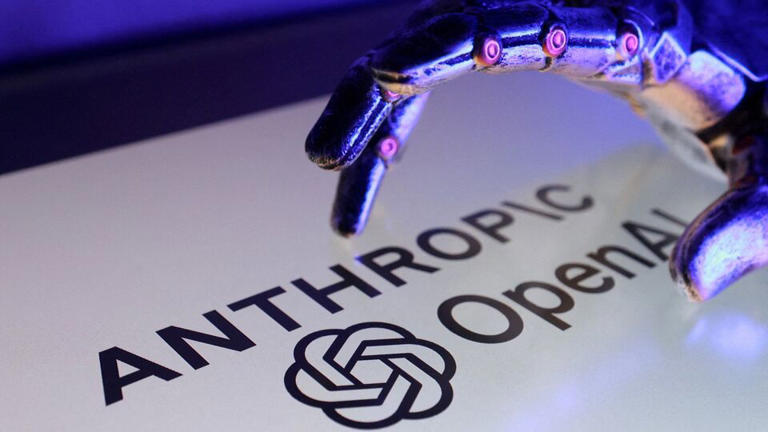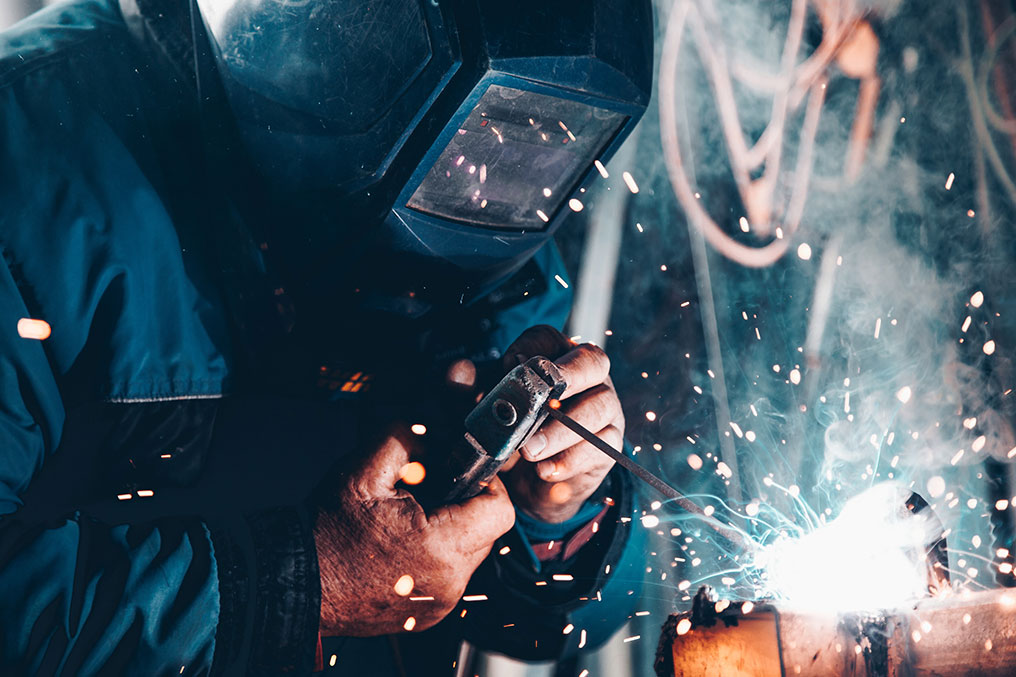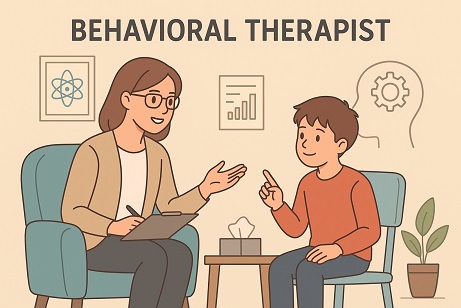Stories you may like
Production Designer
A production designer is a key person in film, TV, and theater who creates the overall look and feel of a project. They work with the director and others to decide how everything will appear on screen or stage, including sets, costumes, props, and colors. Their job is to make sure that the visuals match the story and the director’s vision, creating a world that helps tell the story.
The production designer is in charge of the art department, which includes set designers, costume designers, and prop makers. They help plan and build the sets, working with a team to make sure everything fits the style they've chosen. This starts in pre-production when they decide on locations, set pieces, and materials.
Throughout filming or production, the production designer keeps an eye on the visuals, making sure everything stays consistent and fits the look of the project. Their work is important in creating a believable world that draws the audience into the story. By combining creativity and practical skills, they help make the story more engaging and immersive for viewers.
Duties and Responsibilities
A production designer has a wide range of duties and responsibilities in creating the visual style of a film, TV show, or stage production. Here are some key duties:
- Collaborating with the Director and Producers: The production designer works closely with the director and producers to understand the vision for the project and translate it into a visual style. This includes discussions about themes, tone, and the overall look of the production.
- Creating Design Concepts: Based on the director’s vision, the production designer creates design concepts that outline how sets, costumes, props, and environments will look. These concepts serve as blueprints for the art department.
- Managing the Art Department: The production designer leads a team that includes set designers, costume designers, prop makers, and other art department staff. They oversee the creation of sets, costumes, and props, ensuring that everything aligns with the visual style of the project.
- Budgeting and Scheduling: Production designers are responsible for managing the budget and schedule for the art department. They work within financial constraints while ensuring that all visual elements are completed on time.
- Location Scouting: They often participate in scouting locations for the production, determining whether they match the visual needs of the project. If changes are needed, the production designer will guide alterations to the location.
- Overseeing Set Construction and Dressing: During production, the designer supervises the building and decoration of sets, ensuring they meet the established designs. They also ensure that the look of the sets fits with the lighting and camera work.
- Maintaining Visual Consistency: Throughout the production process, the designer ensures that the visual elements remain consistent. This means paying attention to small details, like colors, textures, and props, to make sure they fit the overall design concept.
- Problem-Solving: If issues arise during production, such as budget limitations or unexpected changes to the filming location, the production designer must find creative solutions to keep the visual design intact.
Workplace of a Production Designer
The workplace of a production designer varies depending on the stage of the project and the type of production they are working on. Early in the process, much of their work is done in an office or studio environment where they collaborate with the director, art department, and other key team members. Here, they focus on research, sketching designs, creating mood boards, and working on detailed plans for sets, props, and locations. This phase involves frequent meetings to align their vision with the director’s creative direction and budgetary constraints.
Once the design phase is complete, production designers often spend a significant amount of time on set or at filming locations. During this stage, they oversee the construction and dressing of sets, ensuring that everything aligns with their original plans. The worksite could range from indoor sound stages to outdoor environments, depending on the needs of the project. The production designer also supervises the art department team, which includes set decorators, prop masters, and scenic artists, making sure every visual detail is perfect for filming or performance.
In addition to the creative aspects, the workplace of a production designer can also be fast-paced and demanding, especially during the production phase. They often work long hours to meet tight deadlines and may need to adapt their designs on the fly due to unforeseen changes in the script, budget, or technical requirements. The combination of office-based planning and on-set work means that production designers need to be adaptable, highly organized, and able to balance creativity with practical problem-solving.
How to become a Production Designer
To become a production designer, follow these general steps:
- Education and Training: While formal education isn’t always mandatory, many production designers have a degree in fields like film production, fine arts, architecture, or interior design. Specialized courses in set design, art direction, and production design can also be helpful. Some schools offer specific production design programs, where you’ll learn skills related to set construction, visual storytelling, and design software.
- Gain Experience: Start by working on smaller projects, such as student films, theater productions, or independent films. This will help you develop your design skills and build a portfolio. Many production designers begin as assistants or in entry-level roles within the art department, such as art director, set decorator, or prop master. These roles provide valuable insight into the production process and help you learn how to manage a team and collaborate with directors.
- Build a Portfolio: A strong portfolio is essential for showcasing your work to potential employers. Include examples of your designs, sketches, and completed projects that demonstrate your ability to create visually compelling sets and environments. As you gain experience, update your portfolio to reflect your growth and versatility.
- Network and Find Opportunities: Networking is crucial in the film, TV, and theater industries. Attend industry events, film festivals, and workshops to connect with other professionals. Collaborate with directors, producers, and fellow designers to find new opportunities. Many production designers find work through recommendations, so building relationships within the industry is key.
- Continue Learning and Developing: Production design is a constantly evolving field. Stay updated on industry trends, new technologies, and design software. As you gain more experience and develop your skills, you’ll be better positioned to take on larger and more complex projects as a production designer.
Key skills needed for a Production Designer
1. Creative and Artistic Skills
- Strong sense of visual storytelling, style, and aesthetics.
- Ability to conceptualize and design sets, props, and environments.
- Drawing, sketching, and model-making skills for visualizing designs.
- Knowledge of color theory, textures, and lighting effects.
2. Technical Proficiency
- Familiarity with design software (AutoCAD, SketchUp, Adobe Creative Suite, Rhino, etc.).
- Understanding of set construction, materials, and fabrication processes.
- Knowledge of camera angles, framing, and how design interacts with cinematography.
- Awareness of safety regulations and construction standards.
3. Research and Visualization Skills
- Strong research ability to create historically accurate or contextually fitting designs.
- Ability to translate scripts and director’s vision into tangible design concepts.
- Storyboarding and mood board development.
4. Communication and Collaboration
- Excellent communication skills to work with directors, cinematographers, art directors, and other departments.
- Negotiation and coordination with vendors, suppliers, and construction teams.
- Ability to give and take feedback constructively.
5. Organizational and Managerial Skills
- Time management to meet tight deadlines in fast-paced productions.
- Budgeting skills to design within financial constraints.
- Leadership ability to supervise art department staff, set decorators, and builders.
- Problem-solving skills to adapt designs when resources or conditions change.
6. Attention to Detail
- Keen eye for accuracy in props, set dressing, and visual continuity.
- Consistency across different locations and scenes.
7. Adaptability and Innovation
- Flexibility to adjust designs during production.
- Innovative mindset for creating unique, memorable, and practical designs.
- Ability to improvise when unexpected challenges arise.
Salary of a Production Designer
United States
- Entry-level: \$45,000 – \$60,000 per year
- Mid-career: \$65,000 – \$95,000 per year
- Experienced/Top tier (film, major studios, commercials): \$100,000 – \$150,000+ per year
- Freelancers in film/TV may earn \$500 – \$1,500 per day, depending on project scale.
India:
- Entry-level: ₹3.5 – ₹6 LPA
- Mid-career: ₹7 – ₹12 LPA
- Experienced/Top tier (big-budget Bollywood films, OTT platforms, ad campaigns): **₹15 – ₹25+ LPA
United Kingdom
- Average: £30,000 – £60,000 per year
- Senior/large productions: £70,000 – £100,000+ per year
Other Regions
- Canada: CAD \$50,000 – \$90,000 annually
- Australia: AUD \$60,000 – \$100,000 annually
Earnings vary widely depending on industry (film, TV, theatre, advertising, gaming, events), experience, reputation, and whether the work is freelance or studio-based.
Career Outlook for Production Designers
Industry Demand
- Rising demand in film, OTT platforms, television, advertising, and gaming.
- The boom in streaming services (Netflix, Amazon Prime, Disney+, etc.) is creating more opportunities for creative designers.
- Live events, theatre, and theme parks also continue to need skilled production designers.
Growth Opportunities:
- Start as an Assistant Designer / Set Designer → move to Art Director → progress to Production Designer.
- Experienced designers may become Creative Directors or open their own **design studios/consultancies.
- Opportunities to transition into related fields such as interior design, exhibition design, event management, or gaming environments.
Job Outlook 2025 & beyond)
- The global entertainment and media industry is expected to grow steadily, especially in emerging markets like India and Southeast Asia.
- More international collaborations mean Production Designers with strong portfolios will have global opportunities.
- Designers withdigital skills (VR/AR, 3D modeling, virtual production) will be in high demand.





User's Comments
No comments there.